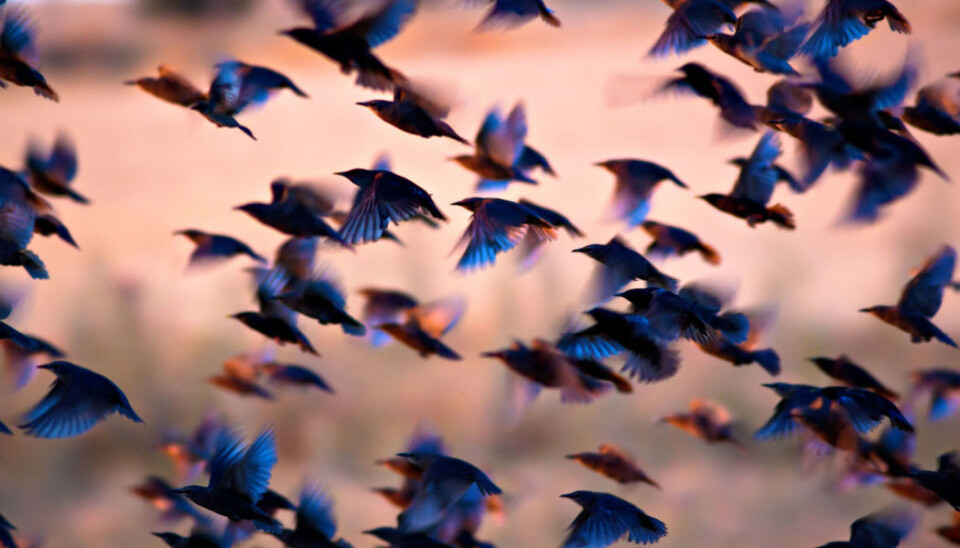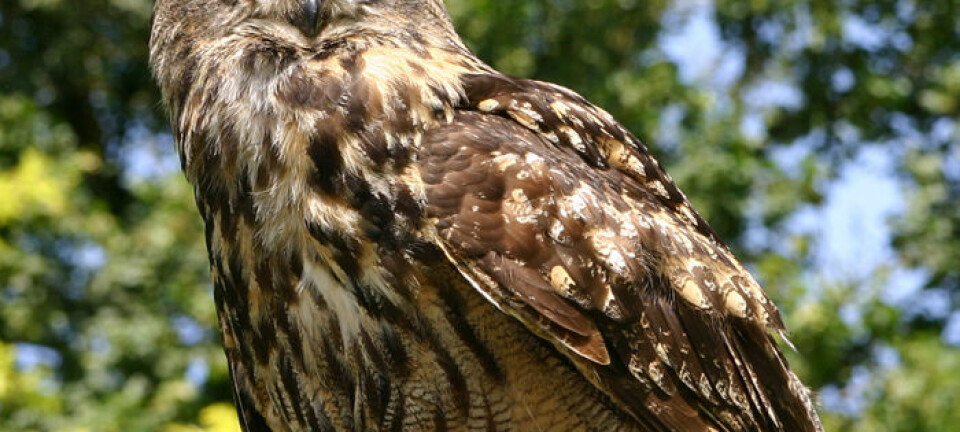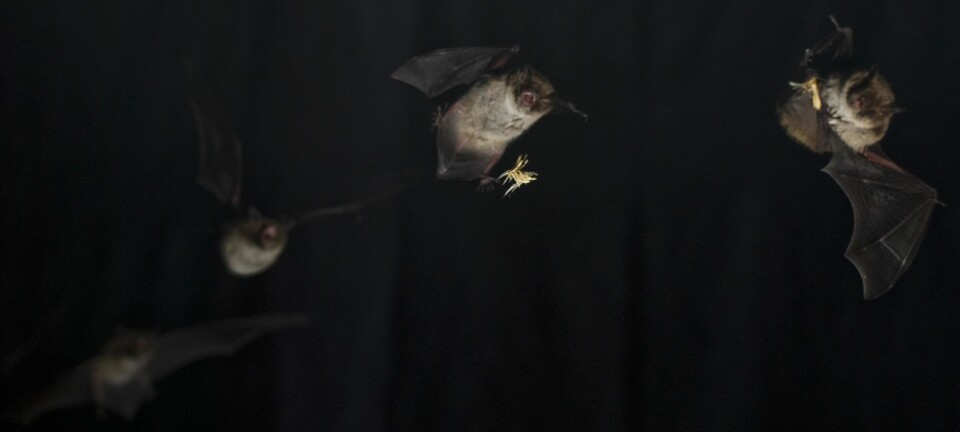
How did birds first begin to fly?
Three trained bats named “Chin,” “4” and “Clear” could help scientists figure out how birds first took flight.
From an evolutionary standpoint, it is no small thing to take flight. Sure, it has clear evolutionary advantages, like evading predators and gaining access to different food sources — otherwise birds and other flying creatures like bats wouldn’t have evolved to fly in the first place. But the mechanisms that helped with the progression from flightless to flying remain largely a matter of speculation.
Now, with the help of three trained bats, researchers from Lund University in Sweden have made an interesting discovery about flight and aerodynamic efficiency.
By teaching the bats to fly in a specially designed wind tunnel, the researchers measured the 3D flow from the bats as they flew, using a technique called tomographical particle image velocimetry, or tPIV.
The measurements enabled the researchers to see that when the bats flew within a wingspan of the ground or water they saved a tremendous amount of energy. The aerodynamic interaction of their wings and the ground is called the ground effect.
"Our measurements show that the ground effect enables flying animals to save twice as much energy as previous models have shown," says Christoffer Johansson, the lead author of the study, which is published in Current Biology.
An aerodynamic boost from a smooth surface
The ground effect was strongest when the surface was smooth, like a glassy lake where bats and birds might catch insects or drink from while in flight. Although the study was done on bats, it applies equally to birds and insects.
The key is that the flat surface acts like an “aerodynamic mirror,” by interrupting the downwash of air from the wingbeat. This in turn results in greater pressure under the wing and suppresses the development of wingtip vortexes. If you’ve flown on a plane in recent years, you know all about how wingtip vortexes can affect flying efficiency. Most planes are either built with or have been retrofitted with upturned wingtips to improve efficiency by preventing vortex development.
"It's obviously speculation, but if flying animals save more energy than we have previously believed when they fly near the ground, then the ‘ground up’ theory of how they began to fly seems a little more likely. This theory suggests that animals began to fly by running and jumping along a slope, with flapping precursors to wings,” Johansson said.
Read More: Bird senses can improve drone navigation
Too little knowledge
Zoologist Petter Bøckmann from the University of Oslo’s Natural History Museum believes that not enough is known to embrace the "ground up" theory of flight.
Another theory is "tree down," he says. According to this theory, animals had characteristics that allowed them to glide from trees and rocks, and eventually they switched to active flight. Yet another theory is "vector assisted climbing," where the idea is that animals would run up trees with the help of wings.
Bøckmann believes that there is not enough support for any of these theories to rule out the others. Some of the problem, he says, is that fossils of forest animals are never found, which makes it difficult to prove the tree down and vector assisted climbing theories. For example, the scientists have not found any fossils that show the development from mouse to bat.
“Almost all the fossils we have are from the plains and semi-desert. It may be tempting to embrace the ‘ground up’ theory because it fits best with what we find. At the same time, it may well be that the development of characteristics that allowed bird to fly took place in another environment, such as the forest,” he says.
----------------
Read the Norwegian version of this article at forskning.no


































